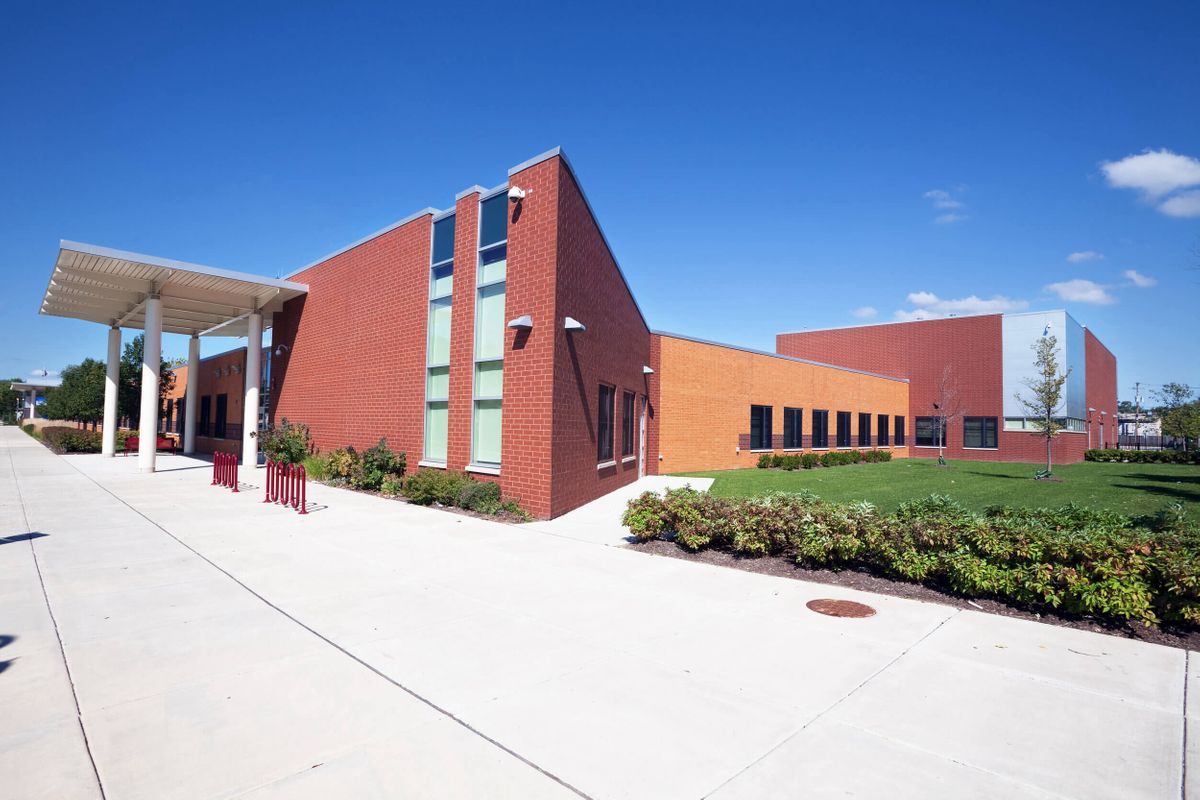In previous articles, we’ve shared how important it is to communicate energy conservation goals and actions to tenants, and why building occupants should manage their plug loads. Today, we’re going to focus on engaging school staff and students with energy conservation. Teachers and students can help facilities staff meet energy goals with a few easy (and educational!) strategies.
Similar to residential and office building tenants, sharing data is important at schools too. Not only does it help facility managers keep staff, parents, and the community up-to-date on building energy usage and goal progress, but teachers can use this data in their classrooms. Students can review monthly energy data and analyze trends, make informed recommendations to reduce usage, and calculate potential energy savings based on proposed actions. Tools like Fusebox, that track and measure this information, can help school occupants review and use this information strategically.
Managing plug loads are just as important in schools as they are in offices. In addition to unplugging unused equipment and using smart power strips, one additional way to engage students is to have them measure the plug loads of various devices, and make the experience educational. Electricity usage monitors, like Kill-A-Watt meters, are great tools to do this: these devices plug into the wall, students can plug various equipment into them, read the energy measurement on the display, and calculate energy use and costs over time for that piece of equipment. This is a great critical thinking opportunity for students as it connects energy use to the cost of electricity. Check out resources from the University of Colorado, Eco Schools USA, and the National Energy Education Development (NEED) Project, among others, for ideas about teaching and measuring energy consumption with students.
Teachers can also play a key energy efficiency role within their classrooms. School building heating and cooling systems are usually centrally controlled, so it can be helpful for facilities teams to explain the thermostat settings to teachers to help set expectations for classroom temperature. Many schools set heating and cooling systems to run at specific temperatures (usually 68º for heating and 78º for cooling) so that the systems will not heat or cool while between that range. If a classroom has operable windows, teachers can open them on days when the temperature outside falls within the system’s set temperature range to keep the room comfortable and take advantage of fresh air (although it’s important to discuss this strategy with the facilities team so they can advise on any other considerations). Additionally, if classrooms have windows with blinds or other window coverings, teachers can help manage the temperature in their room by closing blinds to limit solar heat gain, and opening them to take advantage of daylight instead of using artificial overhead lighting. These strategies, plus others, give teachers control over the comfort of their classrooms without additional energy use and costs. Plus, daylighting and fresh air have also been found to improve student health and performance!
Check out Laurel’s other blog posts!

